Dieter Jaeger, PhD
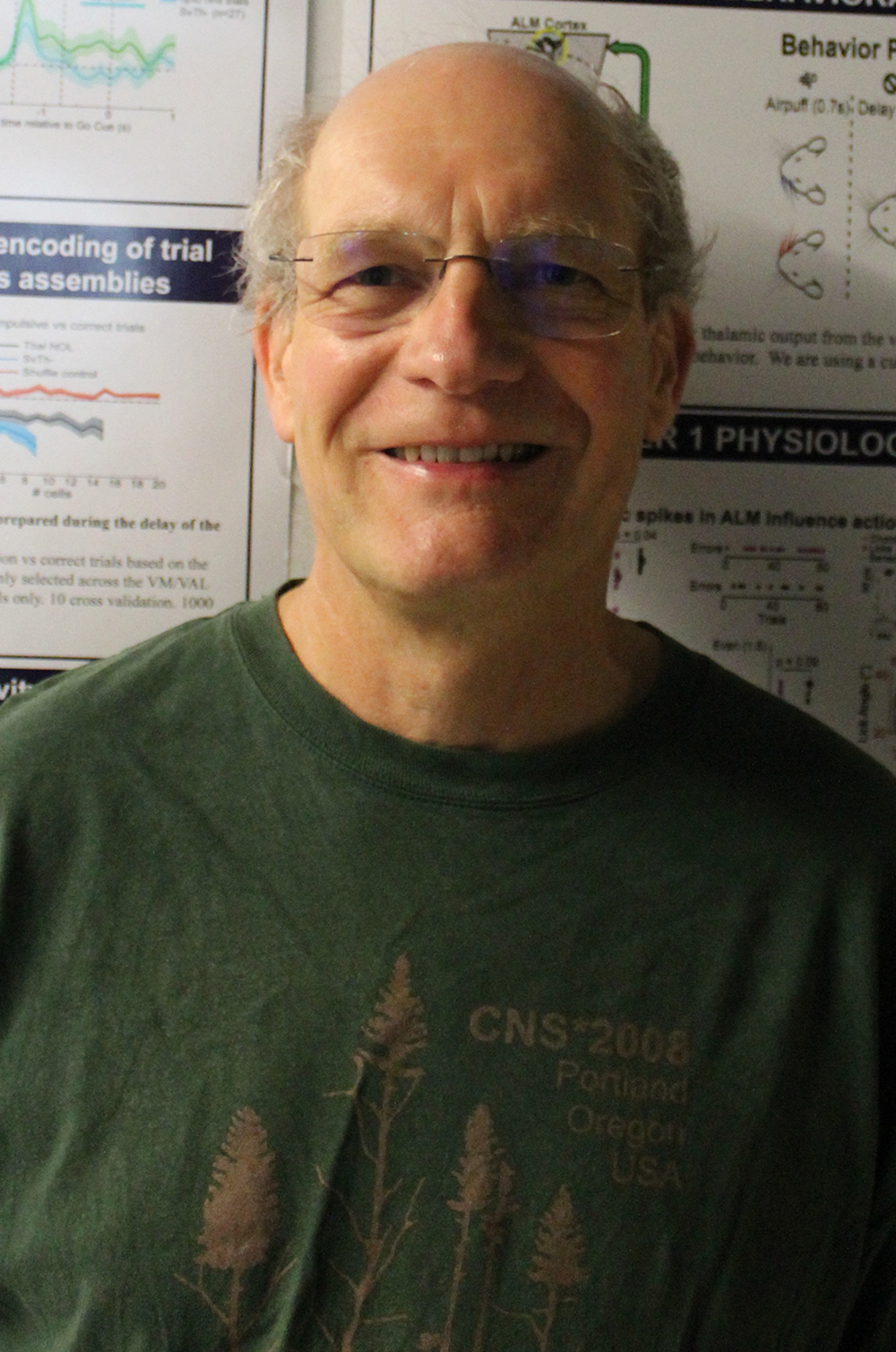
Lead scientist, Project 1: Cortical Connectivity and Activity Changes in Motor Preparation and Execution in 6-OHDA-Lesioned Mice
Dieter Jaeger received his college education with a specialization in Biochemistry in Tübingen, Germany. He joined the PhD program in neuroscience at the University of Michigan in 1984. His dissertation research investigated the function of the basal ganglia in behaving primates. Dr. Jaeger joined the California Institute of Technology as postdoctoral fellow in 1991, and pursued research in computer modeling and electrical recordings of single neurons. Dr. Jaeger joined the faculty of the Department of Biology at Emory University in 1997 and is currently a full professor. Dr. Jaeger also serves as the Director of the Emory/Georgia Tech NIH Blueprint training program in computational neuroscience. His research is concerned with the single neuron and network function of basal ganglia and cerebellar brain structures. He combines methods of computer modeling with electrophysiological investigations. Click here to visit Dr. Jaeger's laboratory website.
Lab Members
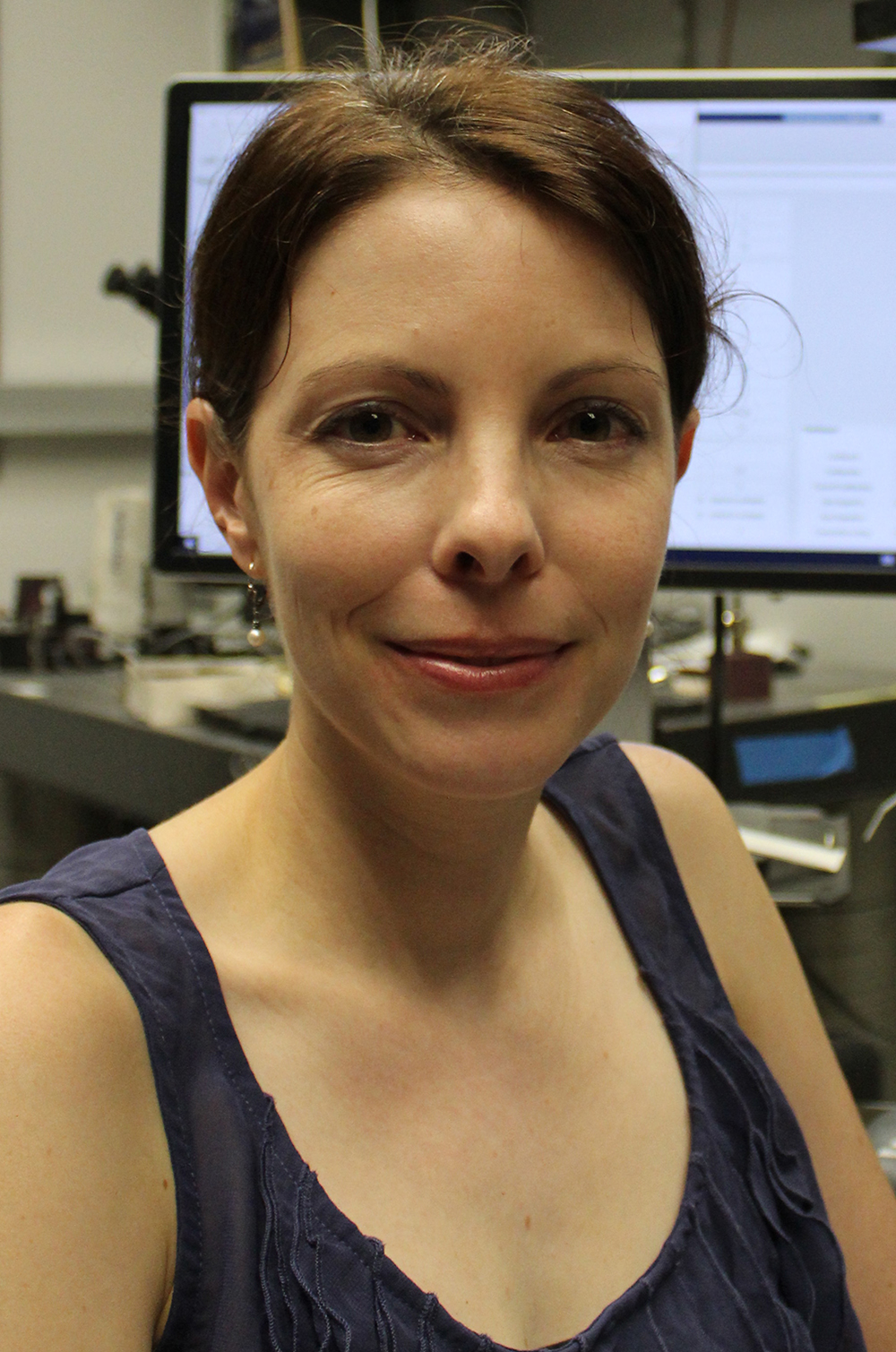
Aurélie Pala, PhD
Aurélie Pala has a BS and MS in Life Sciences Engineering. She obtained her PhD in Neuroscience in 2014 from the Swiss Federal Institute of Technology of Lausanne (EPFL, Switzerland). Her PhD work used optogenetics and in-vivo electrophysiology to probe the modulation of synaptic transmission by brain state. She completed her postdoctoral training at The Georgia Institute of Technology studying the role of neuronal communication across brain hemispheres in the sense of touch. She joined the laboratory Dieter Jaeger at Emory University in August 2022 as an Associate Scientist. In her current work, she uses widefield voltage imaging, in-vivo electrophysiology and optogenetics to investigate how the activity of identified populations of neurons in the somatosensory and motor regions of the cortex relate to movement impairments in a progressive mouse model of Parkinson’s disease.
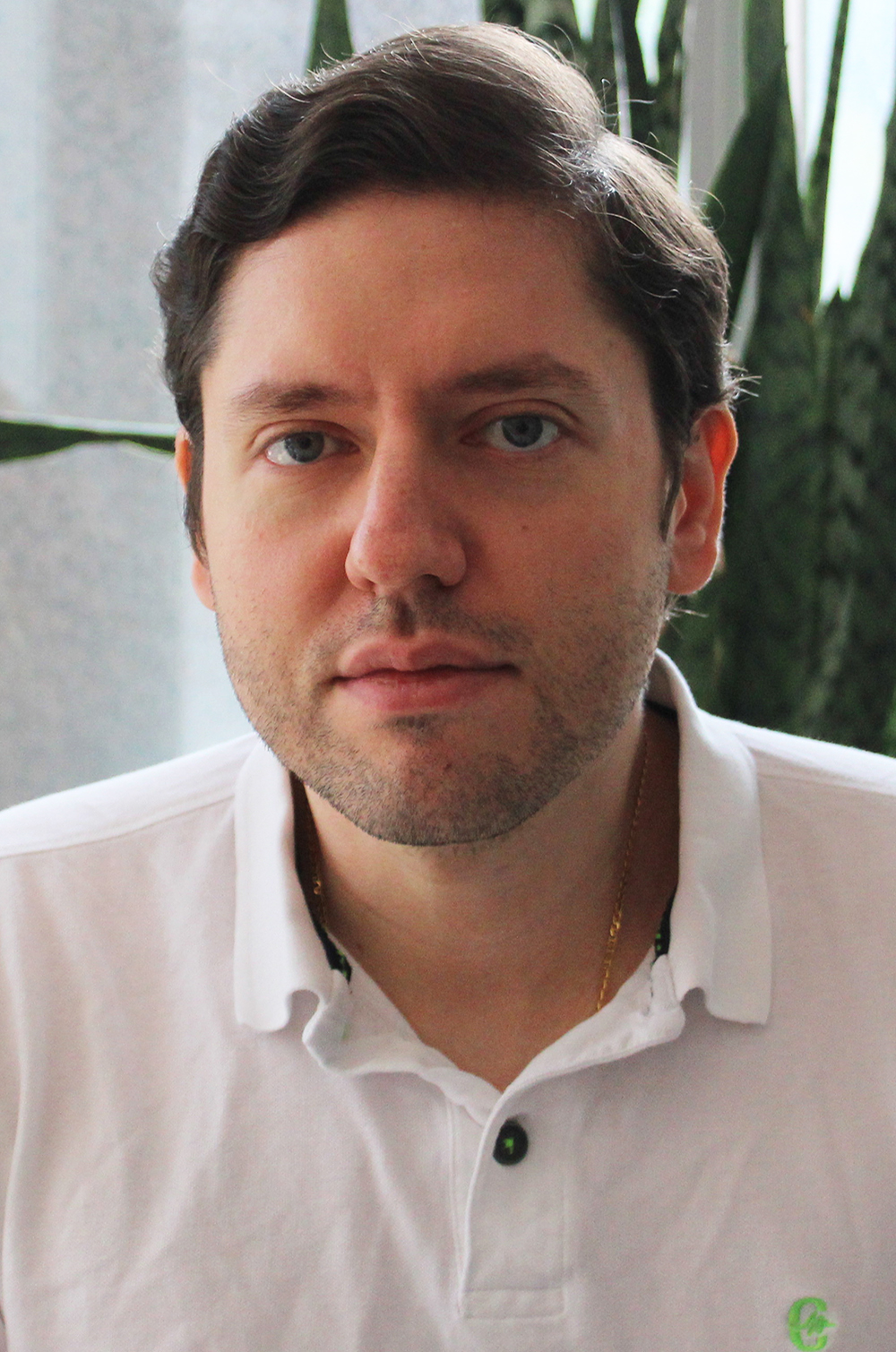
Francesco Cavarretta, PhD
Francesco Cavarretta received his PhD in Applied Mathematics from the University of Milan, Italy (2017). To carry out his dissertation research, he spent two years as a visiting PhD student in the lab of Gordon M. Shepherd (Senselab) at Yale University, where he received extensive training on neurobiology and large-scale biophysically-detailed modeling (2015-2016). He then joined Cornell University as a postdoctoral fellow to further his training in computer modeling of cortical circuits, with focus on neuromodulation (2017-2020). In 2020, he moved to the lab of Dieter Jaeger as a postdoctoral fellow to investigate normal and parkinsonian dynamics of the ventromedial motor thalamus, using biophysically-detailed simulations. He is currently developing a microcircuit of primary motor cortex to study the activity of L5b pyramidal neurons during movement execution to understand how these neurons integrate synaptic inputs from motor thalamus and other motor-related areas.
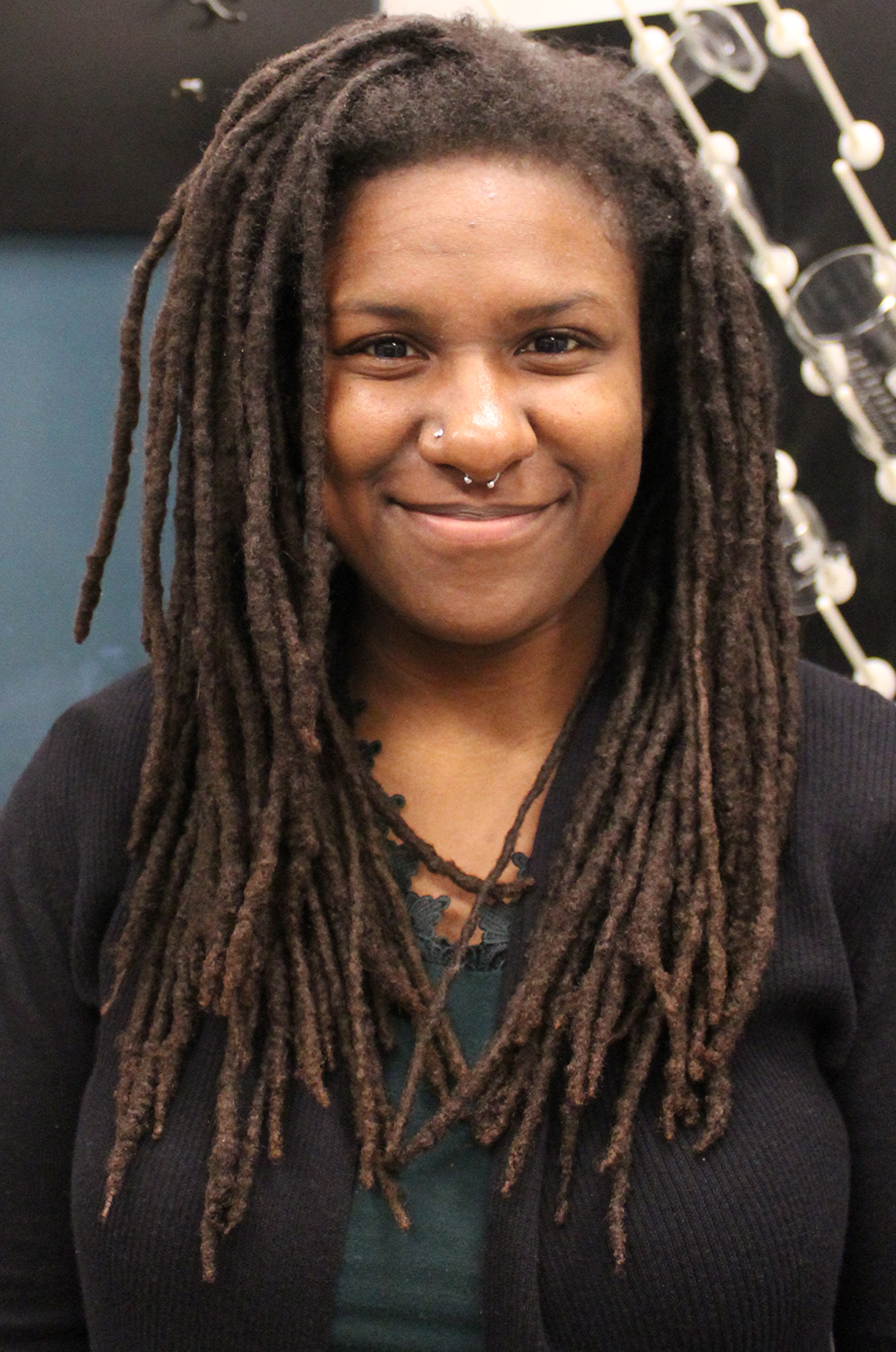
Indeara Martinez
Indeara received her BA in Neuroscience from the University of Pennsylvania in 2015. She is currently a neuroscientist and robotics engineering student working in the lab of Dieter Jaeger. Her research interests include neurophysiology, neural networking and modeling and deep learning. Her goal is to better understand the circuitries underlying movement control to ultimately create assistive devices and brain-computer interface technology for patients with motor dysfunction.
Li Su, PhD
Li Su obtained a PhD in Biophysics from the Chinese Academy of Sciences in 2004 after majoring in Biology at Xiamen University in 1998. Following a postdoctoral fellowship in the Jaeger lab between 2004 and 2008, where he studied the effects of subthalamic deep brain stimulation on cortical activity in the rat, he became a professional artist and photographer until 2016. He rejoined the Jaeger lab as a research specialist in 2017 under the Udall grant. His current research focuses on extracellular recordings from the basal ganglia thalamocortical loop in behaving mice and optogenetic circuit stimulation. This project primarily addresses the question of how neural dynamics in the motor thalamus and motor cortex are altered in 6-OHDA lesioned animals in a locomotor task. He also helps in developing the software associated with behavioral monitoring and mouse training.
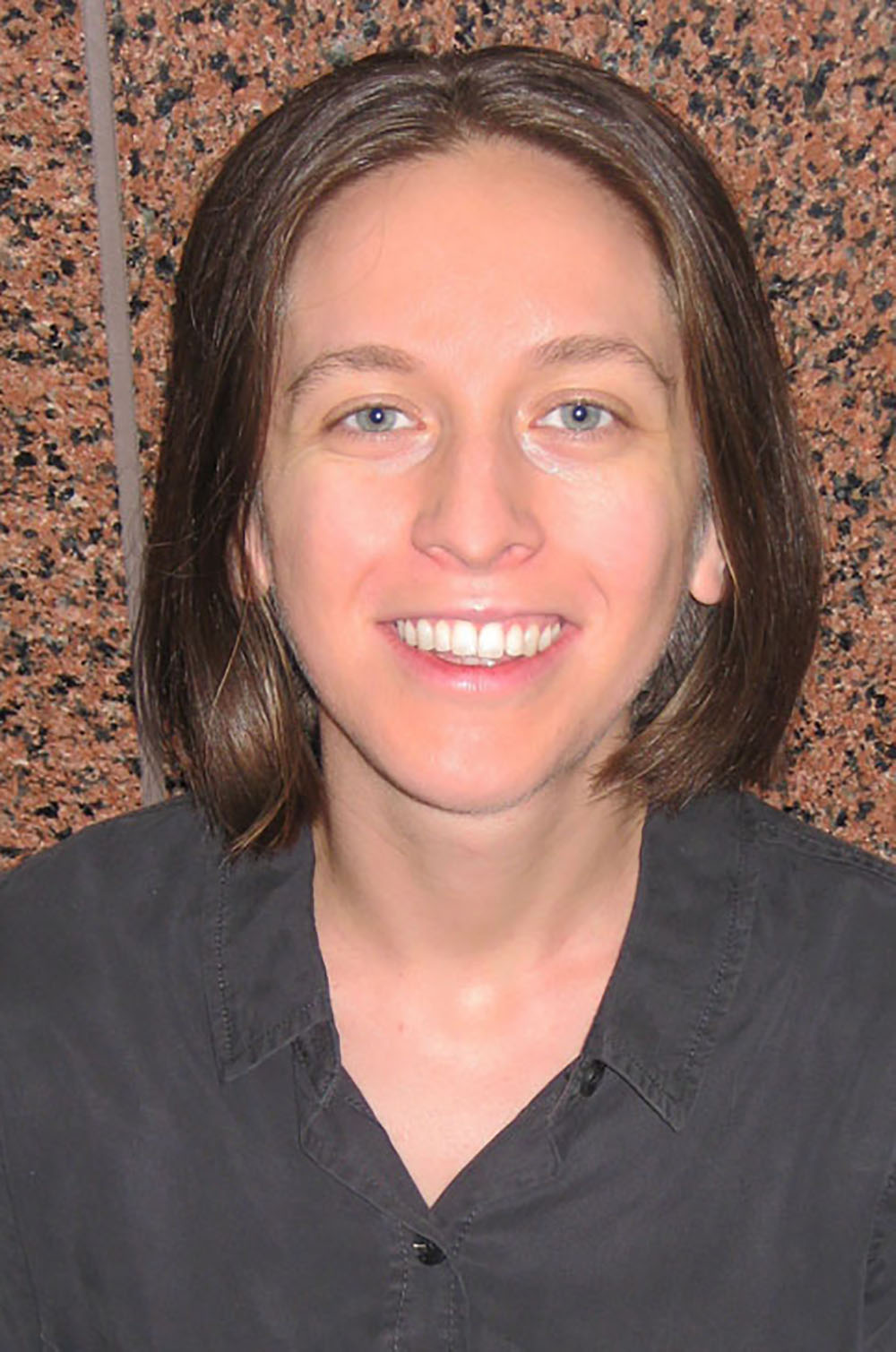
Taylor Kahl
Taylor Kahl is a graduate student in the Jaeger Lab. She graduated from Georgia State University with a BS/MS degree in Neuroscience before joining the Neuroscience Graduate Program at Emory. Taylor specializes in computational neuroscience, particularly in biophysically detailed neuronal modeling, to research the neural dynamics involved in movement control, movement disorders and movement rehabilitation. For her current project in the Jaeger Lab, she is modeling the activity of L5b pyramidal neurons in motor cortex during movement execution, and analyzing how these neurons integrate inputs from the motor thalamus and other movement-related areas, in normal and Parkinsonian conditions.
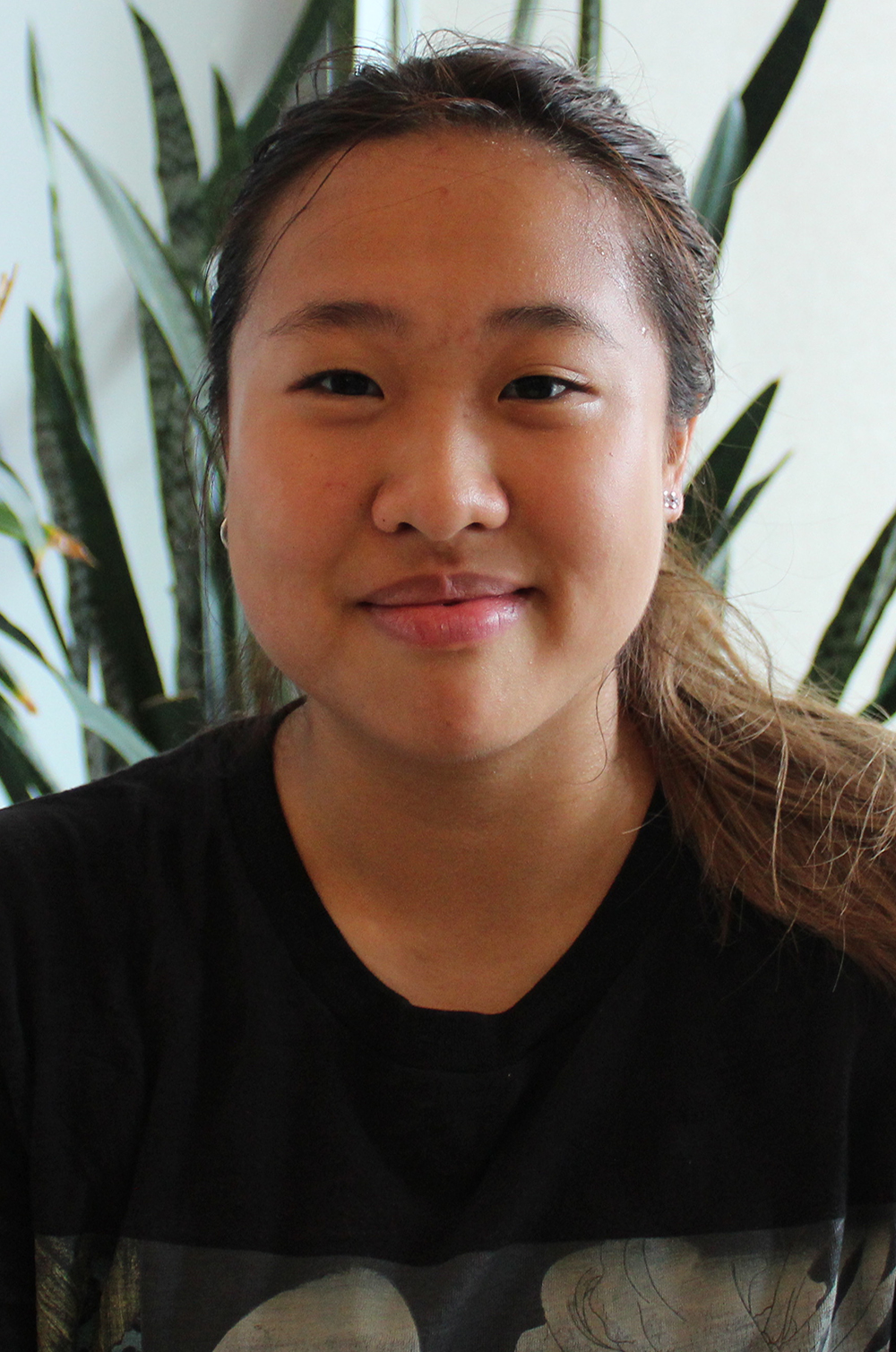
Samme Xie
Samme is a third-year student studying biology and physics at Emory. She works as an undergraduate research assistant in the Jaeger Lab. She currently assists Aurelie Pala in her studies of the roles of specific projection cell types in the forelimb motor and premotor cortex in motor dysfunction in a mouse model of Parkinson’s disease. She trains animals to carry out a directional reaching task and is involved in the analysis of data obtained from animals observed in the Open Field and Rotarod tasks. She also works with Aurelie on a study investigating the role of interhemispheric cortical circuits in movement coordination using the same mouse model.

